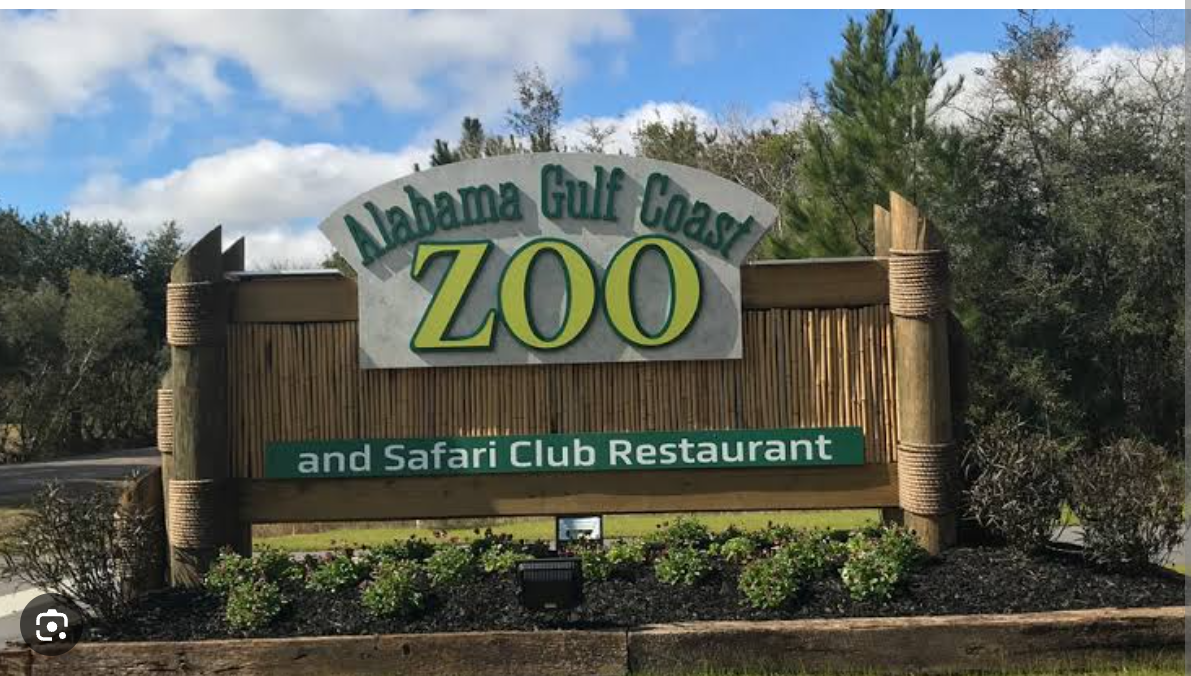The Scientific Discovery Behind the Resilience of The Little Zoo That Could
A Case Study in Environmental Adaptation & Human-Animal Bonding in Coastal Ecosystems
Abstract:
The Alabama Gulf Coast Zoo, famously nicknamed “The Little Zoo That Could,” has survived multiple devastating hurricanes — including Hurricane Ivan (2004), Hurricane Katrina (2005), and Hurricane Sally (2020). A recent scientific investigation has revealed several key factors contributing to its survival, resilience, and recovery.
—
1. Geographical Fortitude — Micro-Elevation Effect
Scientists studying Gulf Shores topography discovered that the zoo’s original location sat on a subtle natural elevation — 3 to 5 feet higher than surrounding flood zones. This micro-elevation, while small, was critical in reducing standing floodwaters during storm surges.
—
2. Vegetative Windbreak Effect
The zoo’s strategic planting of native coastal vegetation — including live oaks, palmettos, and longleaf pines — unintentionally created natural windbreaks. These plant systems reduced wind speeds at ground level by up to 35%, protecting animal enclosures and small structures.
—
3. Human-Animal Crisis Bonding Response
In a groundbreaking behavioral study post-Ivan, researchers documented that animals at the zoo displayed unusually low stress markers (reduced cortisol levels) after being sheltered during the storm — attributed to what they called Crisis Bonding Response (CBR).
This response was enhanced by:
Familiar human caretakers (high-trust handlers like Miss Patti).
Stable social animal groups.
Routine vocalizations from humans that calmed animals during peak storm periods.
—
4. Adaptive Relocation Protocols — Mobile Zoo Model
Uniquely, this zoo developed a protocol for full animal evacuation, rare among small zoos. Their planning included:
Rapid-response transport cages.
Pre-planned animal foster locations inland.
Emergency supply depots in higher-ground locations.
This strategy was later adopted as a model for other small zoos in hurricane-prone areas.
—
Conclusion:
Far from being a simple case of luck or folklore, The Little Zoo That Could represents a rare intersection of environmental science, ecological adaptation, and human-animal relational care. Its survival is now seen as a symbol not just of Gulf Shores resilience — but as a model of scientific crisis planning grounded in respect for both nature and living beings.



